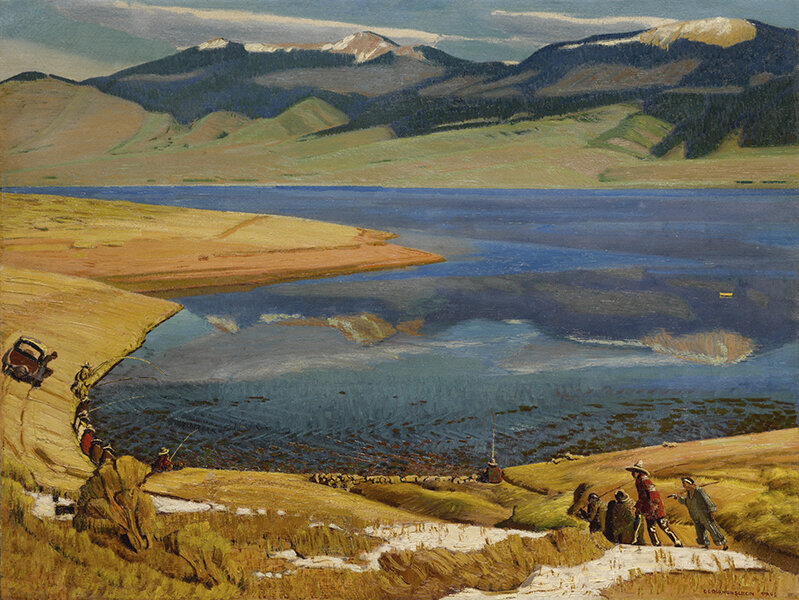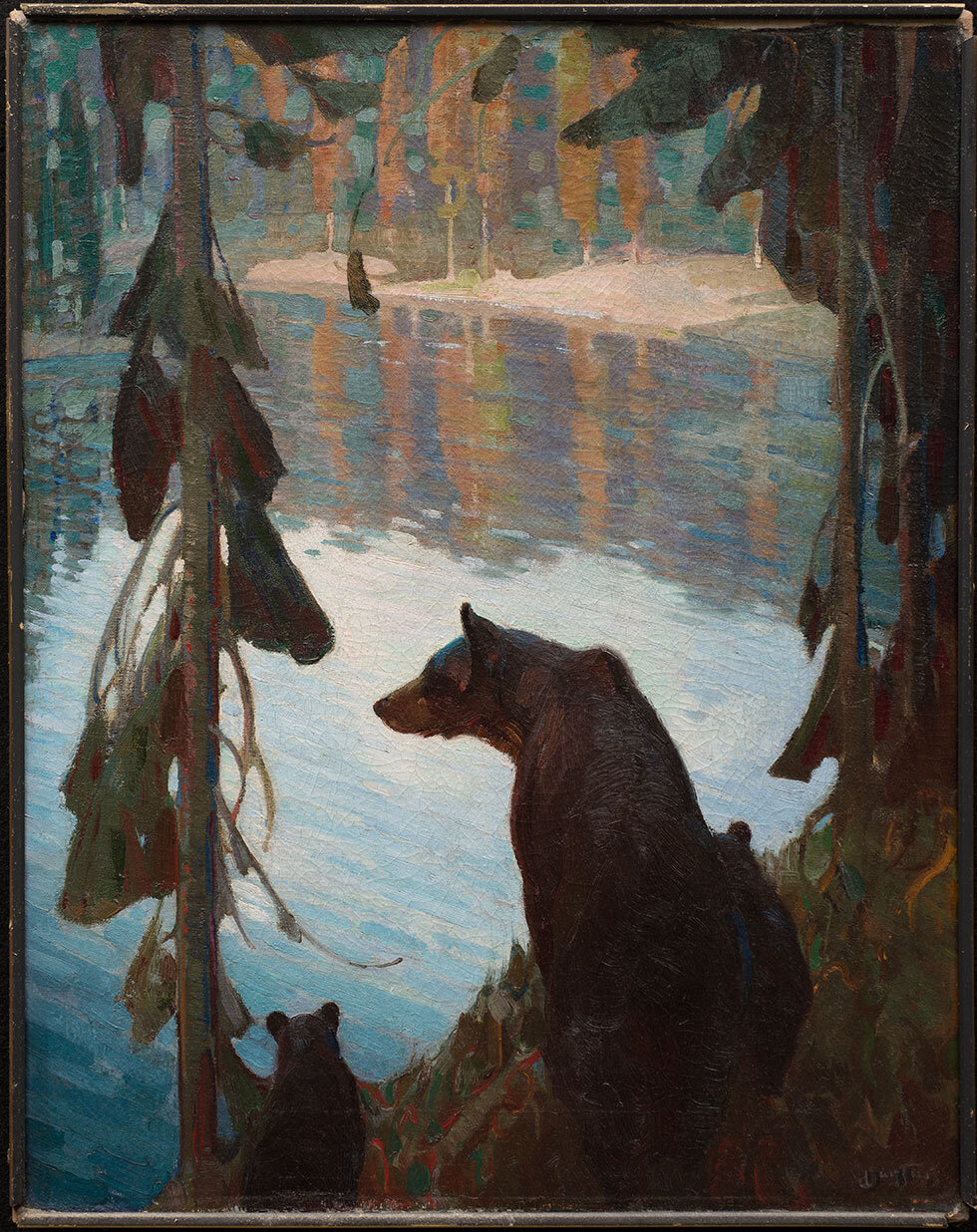
An art exhibition invites aficionados to discover American Southwest culture through the eyes — and brushstrokes — of romantic and modernist artists.
Written by Karine Monié
After a three-year museum tour across the United States, the unique exhibition New Beginnings: An American Story of Romantics and Modernists in the West is making its final stop at the National Cowboy & Western Heritage Museum in Oklahoma City for a Sept. 10, 2021 to Jan. 2, 2022 run.
“It is a very large exhibition of very high-quality works of art,” says Michael R. Grauer, McCasland Chair of Cowboy Culture and Curator of Cowboy Collections and Western Art. “We wanted to show as much diversity as possible across artists, styles, subjects and treatments.” Therefore, with more than 100 works — including paintings, sculpture, textiles, and furniture — by 70 artists from the private Tia Collection in Santa Fe, New Mexico on view, this show features the stories, subjects, and landscapes of the American Southwest. From Romanticism (starting in the late 1800s) to Modernism (until the late 1900s), showcased pieces reflect the artists’ impressions of New Mexico in these eras while also standing the test of time.
“When the New Mexico art colonies were founded in around 1900, there was a great movement in the U.S. to find and create true American art, whatever that was, unsullied by the industrial revolution and not polluted by Europe,” says Grauer. “Art-making traditions already existed among native peoples there when Spanish settlers brought their own traditions with them. When American artists started showing up, they recognized the validity and power of the native and Hispano traditions, and tried to tap into that purity — as they saw it — in their own work. The works produced in the American Southwest prior to 1945 are some of the most unique in American and world art, and that is reflected in this exhibition.”
“When the New Mexico art colonies were founded in around 1900, there was a great movement in the U.S. to find and create true American art, whatever that was, unsullied by the industrial revolution and not polluted by Europe.”
— Michael Grauer
The values of growth from adversity and hard work that were so dear to John Wayne in his time pervade every artwork from this exhibition in such a way that the history of the past inevitably resonates today. “Northern New Mexico was the northernmost frontier of the New Spain, then Mexico, and after the Mexican War in 1848 was still quite removed from the rest of the U.S.,” explains Grauer. “The peoples that lived there faced challenges many parts of Spain, Mexico and the U.S. have never seen as they have always had to fend for themselves. Therefore, they carved out a unique set of lifeways based on those challenges and motivated by their faith and their work ethic.” Speaking directly to the power of faith that is still prevalent in northern New Mexico and to the diversity of artists in this region, New Beginnings: An American Story of Romantics and Modernists in the West offers a new perspective of the Santa Fe and Taos art communities, which were considered not only two of the most important in the country, but also in the world of the 1920s and 1930s.
“Hopefully, [this show will inspire] our visitors to travel to those places and see for themselves,” says Grauer.

Photographs (top) ERNEST L. BLUMENSCHEIN, Eagle Nest Lake, 1933. Oil on canvas, 28 ½ x 37 ¼ in. Photography by James Hart Photography, Santa Fe, New Mexico. Courtesy of Tia Collection, Santa Fe, New Mexico. (bottom) W. HERBERT DUNTON, The Mountain Mirror, circa 1930. Oil on canvas, 20 x 16 in. Photography by James Hart Photography, Santa Fe, New Mexico. Courtesy of Tia Collection, Santa Fe, New Mexico.


